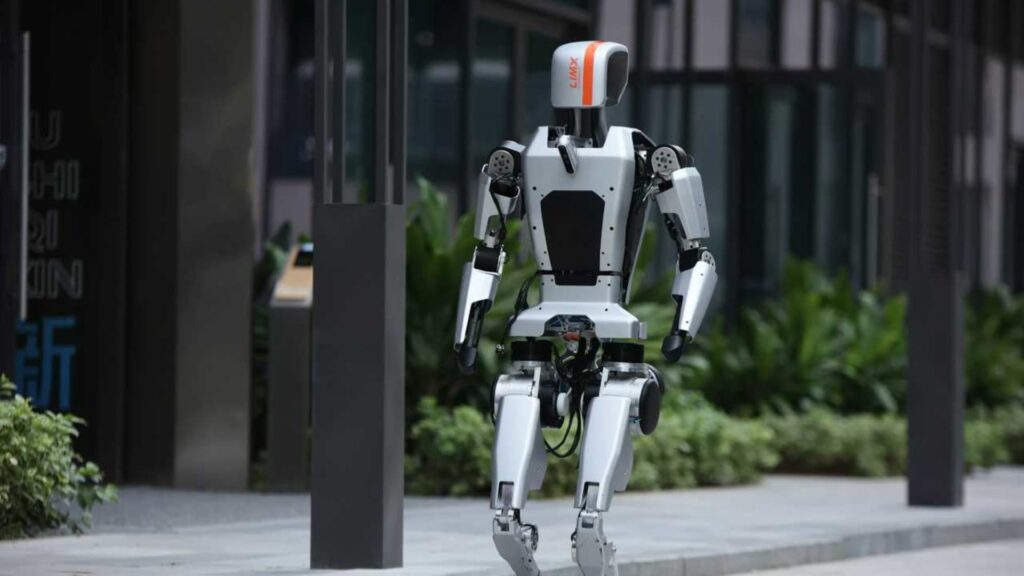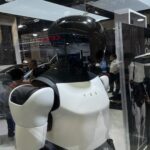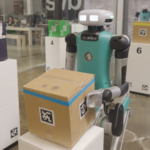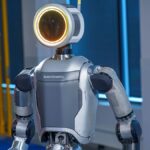In the realm of AI, the rise of OpenAI’s ChatGPT has revolutionized the way machines understand and generate content, paving the way for advancements in various industries, including robotics. In China, where numerous factories are situated, the integration of ChatGPT-like technology is propelling research in robotic capabilities and pushing the boundaries of what humanoid robots can achieve.
LimX Dynamics, a company based in Shenzhen, is at the forefront of this AI-driven transformation. Li Zhang, the COO of LimX Dynamics, noted the significant impact of generative AI on the development of humanoid robots. Originally anticipating an 8 to 10-year timeline for building advanced robots, Li now envisions a faster realization of these machines, with some applications becoming viable within 5 to 7 years. The integration of AI tools has not only accelerated research and development processes but has also enhanced the abilities of various technologies within the robotics domain.
Furthermore, the AI race in China is attracting significant investments and attention from major players. OpenAI is endorsing humanoid robot startups, while companies like Tesla are actively engaged in the development of their humanoid robots. Electric car manufacturer BYD’s investment in Agibot and Chinese President Xi Jinping’s visit to a humanoid robot demonstration underscore the country’s commitment to advancing robotic technology.
As China emerges as a powerhouse in industrial robotics, with over 50% of global installations, the potential applications of humanoid robots in factories are vast and promising. Sectors such as electronics, automotive, and metal industries are leading the adoption of industrial robots, fueling further innovation and growth in the field.
Implications for Human Jobs
While AI advancements are reshaping the landscape of robotics, the complete replacement of human workers remains a complex issue. Structural constraints, coupled with the mechanical limitations of humanoid robots, present challenges in fully transitioning to robotic labor forces. Generative AI, although instrumental in enhancing task planning for robots, does not directly address core issues like motor functions.
Investors like Future Capital, supporters of LimX, recognize the necessity of specialized technologies such as motors for humanoid robots. Collaborations with companies like Pan Motor aim to bolster the foundational elements required for the seamless integration of advanced AI technologies within robotic frameworks.
Moreover, the cost factor plays a pivotal role in driving the widespread adoption of humanoid robots. Initiatives like the one undertaken by startup accelerator Founders Space in partnership with Fastra highlight the importance of reducing the cost per robot to enhance accessibility and deployment across various industries.
Outside of robotics, the impact of generative AI extends to realms like pharmaceutical research, where AI-driven solutions streamline processes and cut down on costs. Companies like Insilico Medicine are leveraging AI algorithms to revolutionize drug discovery and development, showcasing the transformative power of AI beyond traditional sectors.











